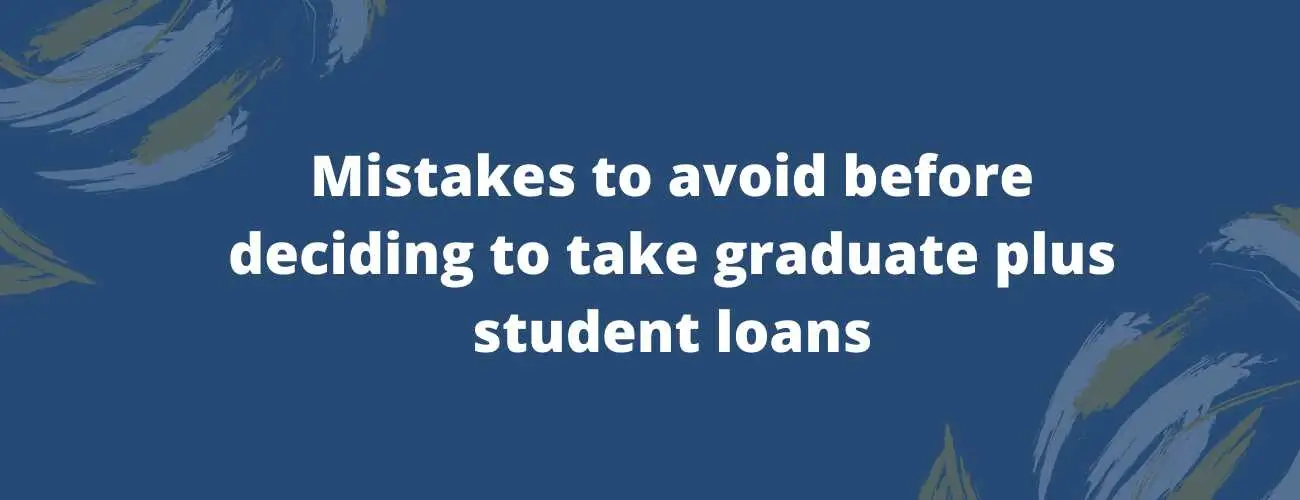4 Ways to Lower Student Loan Payments
Are your student loan payments becoming a burden? Learn how to lower school loan payments, and how to reduce student loan interest.
Updated by B Harshitha on 10th October 2021
Fed up with your student loan payments? We understand your frustration — Americans owe about $739 billion more in student debt than credit card debt. That’s a whole lot of student loan debt for students that often aren’t even graduated yet or working in their field. And, even if you are working, it’s so discouraging to see half or three-quarters of your paycheck swallowed up in monthly student loan payments.
Perhaps you can’t eliminate your debt, but maybe you’re wondering: “how can I lower my student loans?” Luckily, there are methods for lowering student loan payments each month. Read on to learn how to reduce student loan payment amounts, how to lower private student loan payments, reducing student loan interest, and all about lower student loan solutions.
Table of Contents
- 4 Ways to Lower Federal Student Loan Payments
- How to Reduce Federal Student Loan Interest
- Bottom Line
4 Ways to Lower Federal Student Loan Payments
Here are some ways to reduce your monthly payments on your federal student loan.
1. Extended Repayment Plan
All federal student loan borrowers can extend the term of your federal student loan by an extra 15 years, from the standard 10 years to 25 years. With such a big loan term extension, monthly payments can be reduced dramatically. Since this plan does not have a minimum income limit, it’s a great option for all borrowers.
But, there is one downside to the extended repayment plan. Extending your loan term doesn’t do anything about your interest rate and payments. If you take on a longer loan term, you’ll pay more in interest down the line.
2. Graduated Repayment Plan
With a graduated repayment plan, your repayment amount will be substantially lower for the first two years. After every two years, your monthly payment amount will gradually increase through two methods. First, a 10-year graduated plan and second, a 10- to 30-year graduated plan. Most terms under the graduated repayment plan are 10 years, with a few exceptions.
This is a great option for people that have a current low income but expect that income to increase over time.
Remember, similar to the extended repayment plan, you pay more interest over time if your loan term is significantly extended.
3. Income-Driven Repayment Plans
Income-driven repayment plans consider your monthly income to decide your monthly loan amount. Both your income and family size are considered, and if your income is low enough, you could be eligible for $0 monthly payments.
There are four income-driven repayment plans that you can look into, but your student loan might not be eligible for each one. However, most federal student loans are eligible for at least one of these income-driven repayment plans.
a) Income-Based Repayment Plan (IBR)
The IBR is the most common income-driven repayment plan. Under this plan, 15% of your discretionary income will be taken as a monthly payment. However, if you’re a new borrower on or after July 1, 2014, you could be eligible for a monthly payment that’s 10% of your income.
For each percentage often, your monthly payment will never be more than the 10-year Standard Repayment Plan amount. The repayment period for new borrowers is 25 years, and 20 years for regular borrowers.
Eligibility
Your percentage (10% or 15%) must be lower than the amount you’d pay for the Standard Repayment Plan. Anyone with a 10% or 15% income amount that is higher than the Standard Repayment Plan is ineligible.
Federal student loans eligible for this plan are:
- Direct Subsidized Loans
- Direct Unsubsidized Loans
- Direct PLUS Loans made to graduate or professional students
- Direct Consolidation Loans that did not repay any PLUS loans made to parents
- Subsidized Federal Stafford Loans (from the FFEL Program)
- Unsubsidized Federal Stafford Loans (from the FFEL Program)
- FFEL PLUS Loans made to graduate or professional students
- FFEL Consolidation Loans that did not repay any PLUS loans made to parents
- Federal Perkins Loans (if consolidated)
Federal student loans not eligible for this plan are:
- Direct PLUS Loans made to parents
- Direct Consolidation Loans that repaid PLUS loans made to parents
- FFEL PLUS Loans made to parents
- FFEL Consolidation Loans that repaid PLUS loans made to parents
b) Pay As You Earn Repayment Plan (PAYE)
Similar to the IBR plans, the PAYE plan generally entails 10% of your income as your monthly payment, as long as it isn’t more than the amount you’d pay under the 10-year Standard Repayment Plan. The PAYE repayment term is 20 years.
Eligibility
Federal student loans eligible for this plan are:
- Direct Subsidized Loans
- Direct Unsubsidized Loans
- Direct PLUS Loans made to graduate or professional students
- Direct Consolidation Loans that did not repay any PLUS loans made to parents
- FFEL PLUS Loans made to graduate or professional students (if consolidated)
- FFEL Consolidation Loans that did not repay any PLUS loans made to parents (if consolidated)
- Federal Perkins Loans (if consolidated)
- Subsidized Federal Stafford Loans (from the FFEL Program, if consolidated)
- Unsubsidized Federal Stafford Loans (from the FFEL Program, if consolidated)
- FFEL PLUS Loans made to graduate or professional students (if consolidated)
- FFEL Consolidation Loans that did not repay any PLUS loans made to parents (if consolidated)
Federal student loans not eligible for this plan are:
- Direct PLUS Loans made to parents
- Direct Consolidation Loans that repaid PLUS loans made to parents
- FFEL Consolidation Loans that repaid PLUS loans made to parents
- Direct PLUS Loans made to parents
c) Revised Pay As You Earn (REPAYE)
REPAYE plans require that 10% of your discretionary income go towards your student loan payments. Its eligibility requirements are lax compared to the PAYE plans. Furthermore, it offers some leniencies for borrowers whose loans accrue more interest than their monthly payments.
The repayment term for REPAYE plans is 20 years if your loans were for undergraduate studies, and 25 years if your loans were for graduate studies.
Eligibility
Your percentage (10% or 15%) must be lower than the amount you’d pay for the Standard Repayment Plan. Anyone with a 10% or 15% income amount that is higher than the Standard Repayment Plan is ineligible.
Federal student loans eligible for this plan are:
- Direct Subsidized Loans
- Direct Unsubsidized Loans
- Direct PLUS Loans made to graduate or professional students
- Direct Consolidation Loans that did not repay any PLUS loans made to parents
- Subsidized Federal Stafford Loans (from the FFEL Program, if consolidated)
- Unsubsidized Federal Stafford Loans (from the FFEL Program, if consolidated)
- FFEL PLUS Loans made to graduate or professional students (if consolidated)
- FFEL Consolidation Loans that did not repay any PLUS loans made to parents (if consolidated)
- Federal Perkins Loans (if consolidated)
Federal student loans not eligible for this plan are:
- Direct PLUS Loans made to parents
- Direct Consolidation Loans that repaid PLUS loans made to parents
- FFEL PLUS Loans made to parents
- FFEL Consolidation Loans that repaid PLUS loans made to parents
d) Income-Contingent Repayment Plan (ICR)
Every federal student loan is eligible for an ICR plan. If your loan isn’t eligible for any of the other Income-driven repayment plans, this is the plan you’ll have to choose. Your monthly payment will be whichever of the following is lower:
- 20% of your discretionary income
- Your fixed monthly payments on a 12-year plan, adjusted based on your income
The repayment term for ICR plans is the highest, at 25 years. Keep in mind that with terms this long, you’ll be paying more interest over time.
Eligibility
Federal student loans eligible for this plan are:
- Direct Subsidized Loans
- Direct Unsubsidized Loans
- Direct PLUS Loans made to graduate or professional students
- Direct Consolidation Loans that did not repay any PLUS loans made to parents
- Direct Consolidation Loans that repaid PLUS loans made to parents
- Direct PLUS Loans made to parents (if consolidated)
- Subsidized Federal Stafford Loans (from the FFEL Program, if consolidated)
- Unsubsidized Federal Stafford Loans (from the FFEL Program if consolidated)
- FFEL PLUS Loans made to graduate or professional students (if consolidated)
- FFEL PLUS Loans made to parents (if consolidated)
- FFEL Consolidation Loans that did not repay any PLUS loans made to parents (if consolidated)
- FFEL Consolidation Loans that repaid PLUS loans made to parents (if consolidated)
- Federal Perkins Loans (if consolidated)
Federal student loans not eligible for this plan are:
N/A
One perk that comes with income-driven repayment plans is that you may qualify for student loan forgiveness after a certain period.
4. Consolidation
Sometimes, current and former students take out multiple federal student loans to afford all their needs and expenses. These loans often have their own rates, terms, deadlines, and payments, which can be arduous to keep track of.
Loan consolidation entails consolidating all debts into one single monthly payment, with the same interest rate. This may be a good option for those having a tough time with multiple loans, as consolidation only requires that you keep track of one payment and deadline.
Although you may not necessarily get a lower interest rate with consolidation, your new interest rate will be a weighted average of your previous rates.
How to Reduce Federal Student Loan Interest
None of the above repayment plans may assist you in lowering student loan payments. In that case, you might consider reducing student loan interest instead. You can reduce student loan interest by refinancing your student loans.
Through refinancing, you could secure a better interest rate than on your original loan. But beware of the consequences! Refinancing your federal student loans might cost you some federal protections and benefits that come with federal student loans. There is no reverting back to a federal loan once it becomes a private student loan.
Student loan refinancing is a better option for borrowers that want to lower private student loan payments.
Bottom Line
We know that making your monthly student loan payments can be quite a burden. Luckily, lowering student loan payments is possible, and there are many avenues you can take to get started. Make sure you research every option, consider your financial situation, and talk to an expert if you’re having trouble deciding on a repayment plan that works for you. When all else fails, you might consider reducing your student loan interest through refinancing.
| Minumum Credit Score | Apply in as little as | Variable APR | Fixed APR | ||
|---|---|---|---|---|---|
 | Not Available | 15 minutes or less | 2.95 | 4.74 | View disclosures |
 | 620 | 2 minutes | 5.38%-16.99%1 | 4.43%-16.99%1 | View disclosures |
 | Not Available | 15 minutes | 1.13% - 11.23%¹ (with autopay) | 3.50% - 12.60%¹ (with autopay) | View disclosures |
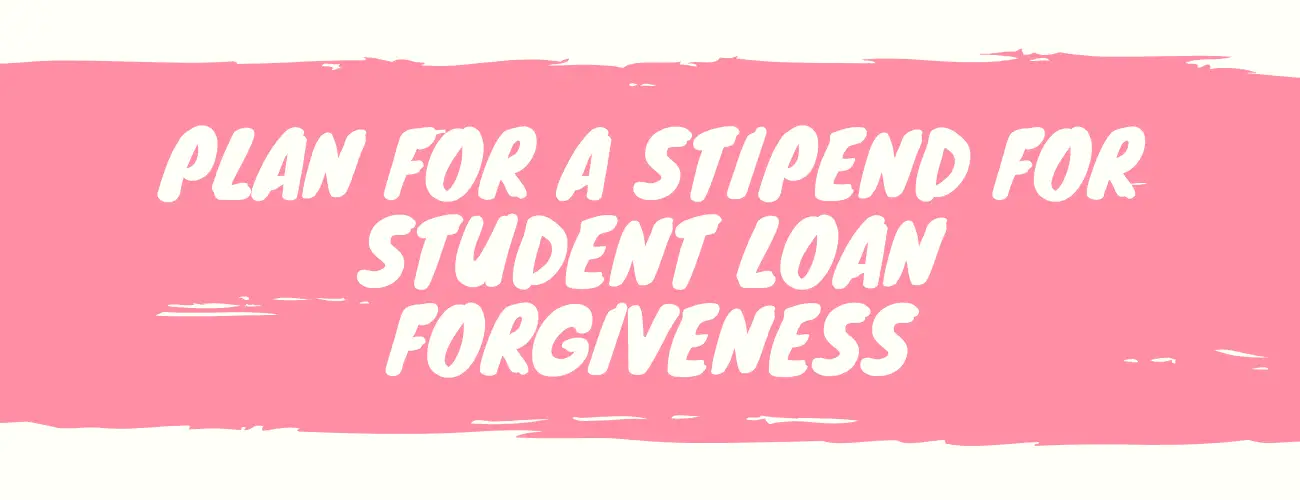
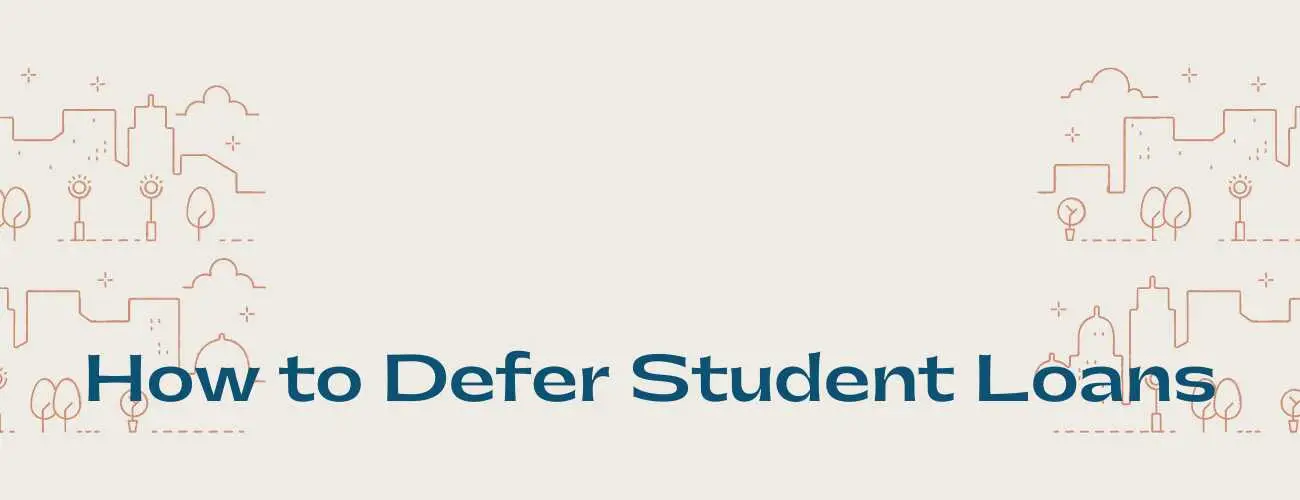
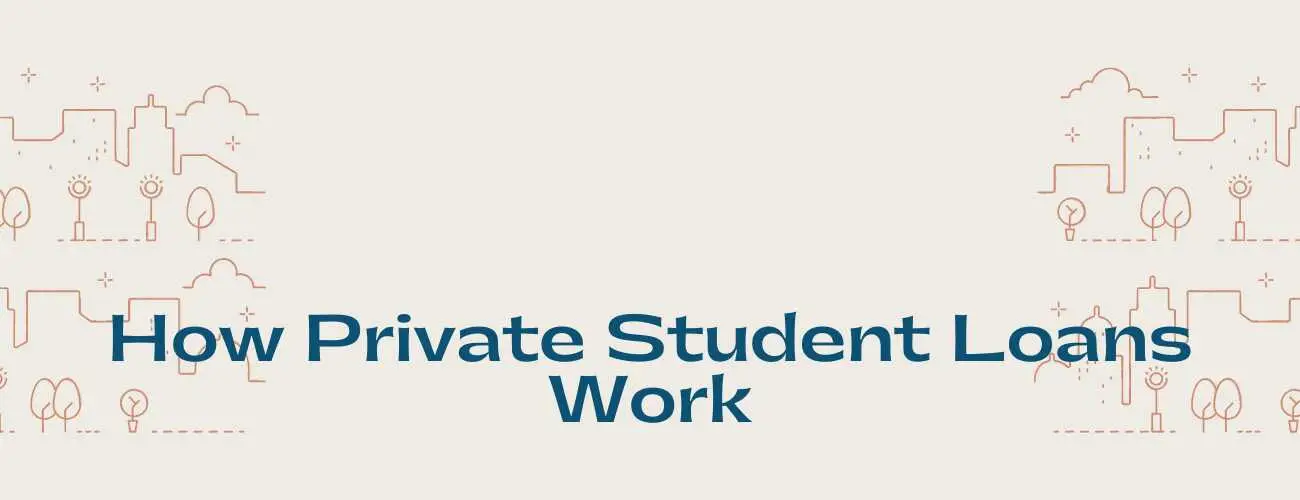
93.jpg)
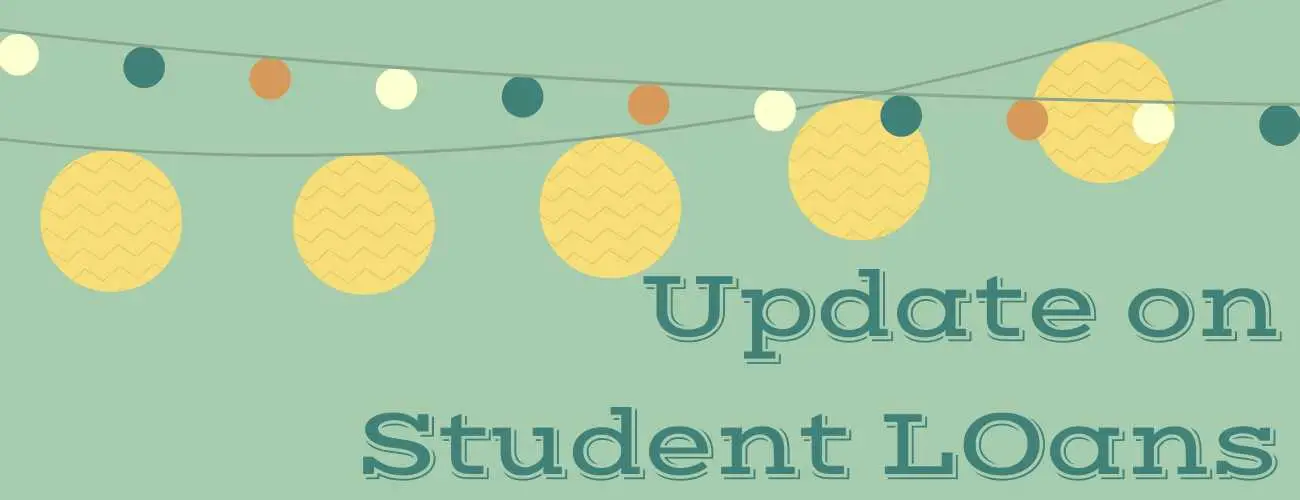

28.jpg)
